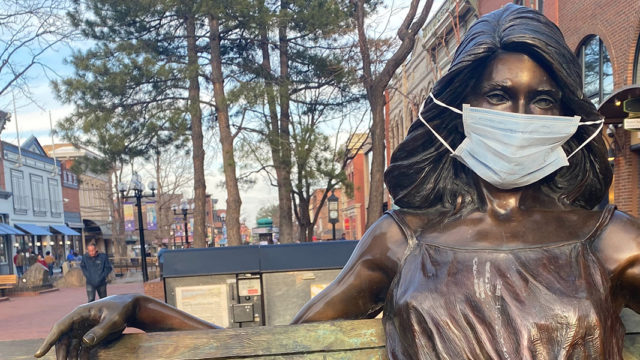The land Boulder County leases to farmers has a rich, diverse history. To preserve Boulder’s open space and to encourage local agriculture, the county began acquiring outright and purchasing conservation easements of land around the county.
Of Boulder County’s total 107,043 farmed acreage, the County owns or has conservation easements for approximately 25,000 acres, and farmers lease the land for years at a time. This leasing system creates a natural collaboration of stewardship between farmers and generations and a diverse legacy, as various people step in to utilize the space.
Boulder County has a rich farm past, with historical farms like Isenhart, one of Boulder’s original settlements on N. 75th Street, and Shannon Red Barn Farm, started in 1870 on N. 95th in Lafayette, which has belonged to over 8 different families who farmed the land until the Shannon brothers bought it in 1918.
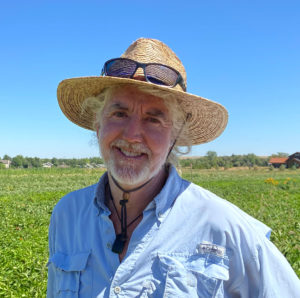
Four years ago, Michael Moss of Kilt Farm expanded his Niwot-based operation to include the land at the corner of Jay and Spine Roads in Boulder’s Gunbarrel neighborhood, land previously farmed by its neighbors, Janet ‘n’ Bob Poley of Hoot ‘n’ Howl Farm LLC.
Kilt, a certified organic farm, grows over 50 different types of vegetables and over 100 varieties on the collective 35 acres county-owned land and sells to local grocery stores like Lucky’s Market, Alfalfa’s, Denver’s Marczyk Fine Foods, and Longmont’s Niwot Market.
 Originally from Florida, Michael, who has a degree in hotel and restaurant management, moved to Boulder in 1993 and began farming in 2008; you may know him as the kilted farmer, which began as a joke but has spun into an entire business.
Originally from Florida, Michael, who has a degree in hotel and restaurant management, moved to Boulder in 1993 and began farming in 2008; you may know him as the kilted farmer, which began as a joke but has spun into an entire business.
“I first saw people wearing kilts at Burning Man,” Michael told BLDRfly, of the annual festival which erects a temporary city in the Black Rock Desert of northwestern Nevada. “Burly dudes building a city in the desert in a kilt, and I was like, oh they must know something.” Someone gifted him a kilt, and the rest is history.
The Gunbarrel location at the corner of Jay and Spine grows squash, cantaloupe, tomatoes, basil, watermelon, peppers and eggplants. When BLDRfly dropped by, the smell of basil permeated the air, and Michael was getting his staff ready to harvest butternut squash along with carrots and beets.
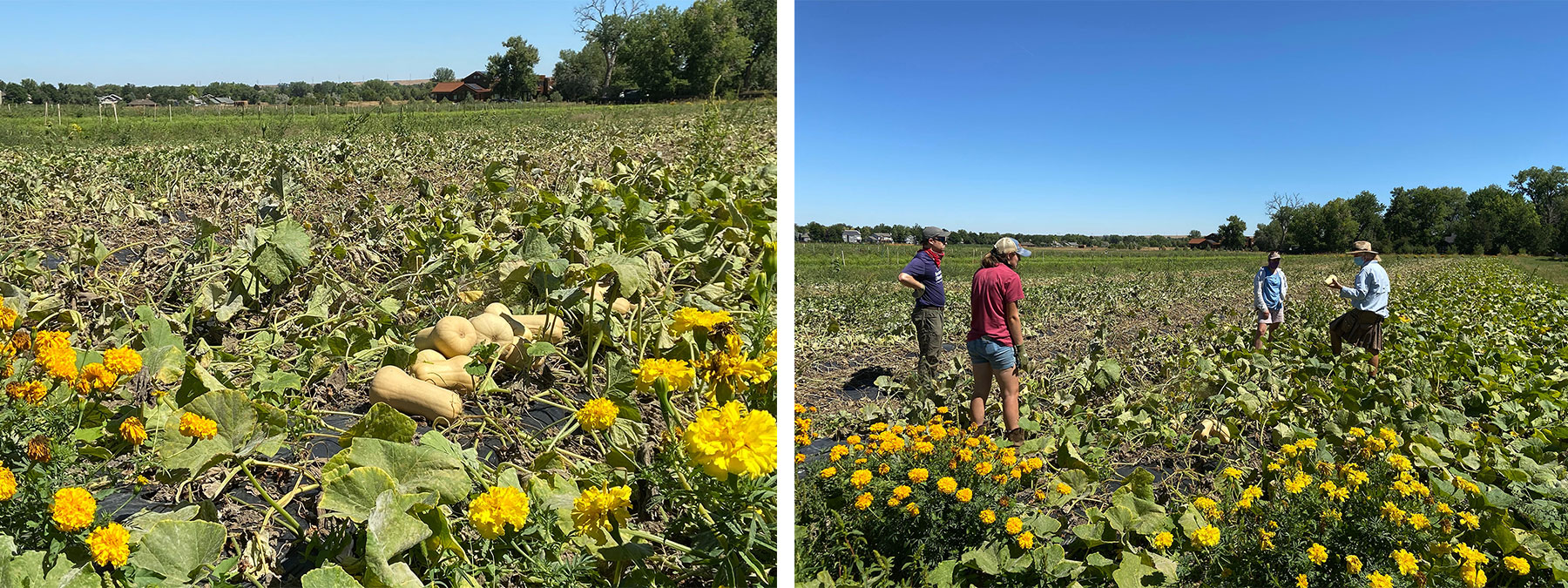
“This is where we do plasticulture,” says Michael, “rows covered in plastic which helps minimize water use and maximizes heat retention.”
The farmspace has grown from the 15 acres that Janet and Bob used to farm to approximately 25 when the 500-foot buffer homeowners requested between the farms and the homes to the north 12 years ago shifted to 200 feet.
At its Niwot location, Kilt grows greens for its salad mixes as well as carrots, turnips, and other open field vegetables, cash crops that go directly from field to market. Michael also has the farm’s wash station, refrigeration, greenhouse and hoop houses at that location.
Its pre-packaged salad mixes bring home the bacon; Michael estimates that Kilt sells between 400-500 pounds of salad mix a week.
[Mapping Boulder County’s abundance of farmettes]
Land before Kilt

Before Michael expanded his operation to Gunbarrel four years ago, Janet and Bob Poley began Hoot ‘n’ Howl Farm in 2008 and covered 15 acres of the land which Kilt now farms with thousands of berries.
At its height, Hoot ‘n’ Howl held up as Colorado’s second largest, you-pick berry farm operation, growing approximately 20,000 berry plants, including six or eight varieties of red and gold raspberries, blackberries, and black raspberries. The farm also included an orchard of fruit trees: cherry, apple and plum.
In spring of 2017, contemplating retiring from farming operations, Bob and Janet decided to downsize. On April 30, they turned back all but 2.4 acres to the county, which then went to Michael Moss of Kilt, and this past January, they turned that over to Kilt as well, now only farming the one acre on which their house sits.
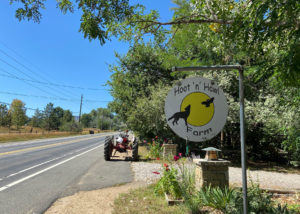
Currently, Bob and Janet have pumpkins growing in the six-foot wide plot on the other side of their fence, as well as tomatoes, peppers and basil in their seven-foot by 14-foot greenhouse. They sell all of their produce to one customer, high-end restaurant, The Boulder Cork, where its executive chef has bought produce from them for years.
The farm also usually has a stand out front where it sells peaches from tree-fruit mecca Palisade’s Early Morning Orchard (though due to this April’s hard frost which destroyed Palisade’s peach crop, they’re taking a break.)
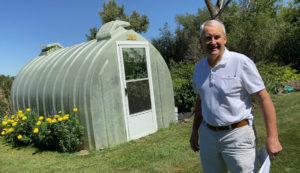
Its own former fruit orchard now stands on Kilt’s property as an open-space orchard; however, Bob tells us that there’s been no discussion as to who would have the right to harvest the fruit from it.
“We requested — and the county agreed,” says Bob, “that our orchard would not be destroyed when we turned back the land.” With the downsize of Hoot ‘n’ Howl, a large portion of its berry plants went to Longmont’s Ollin Farms.
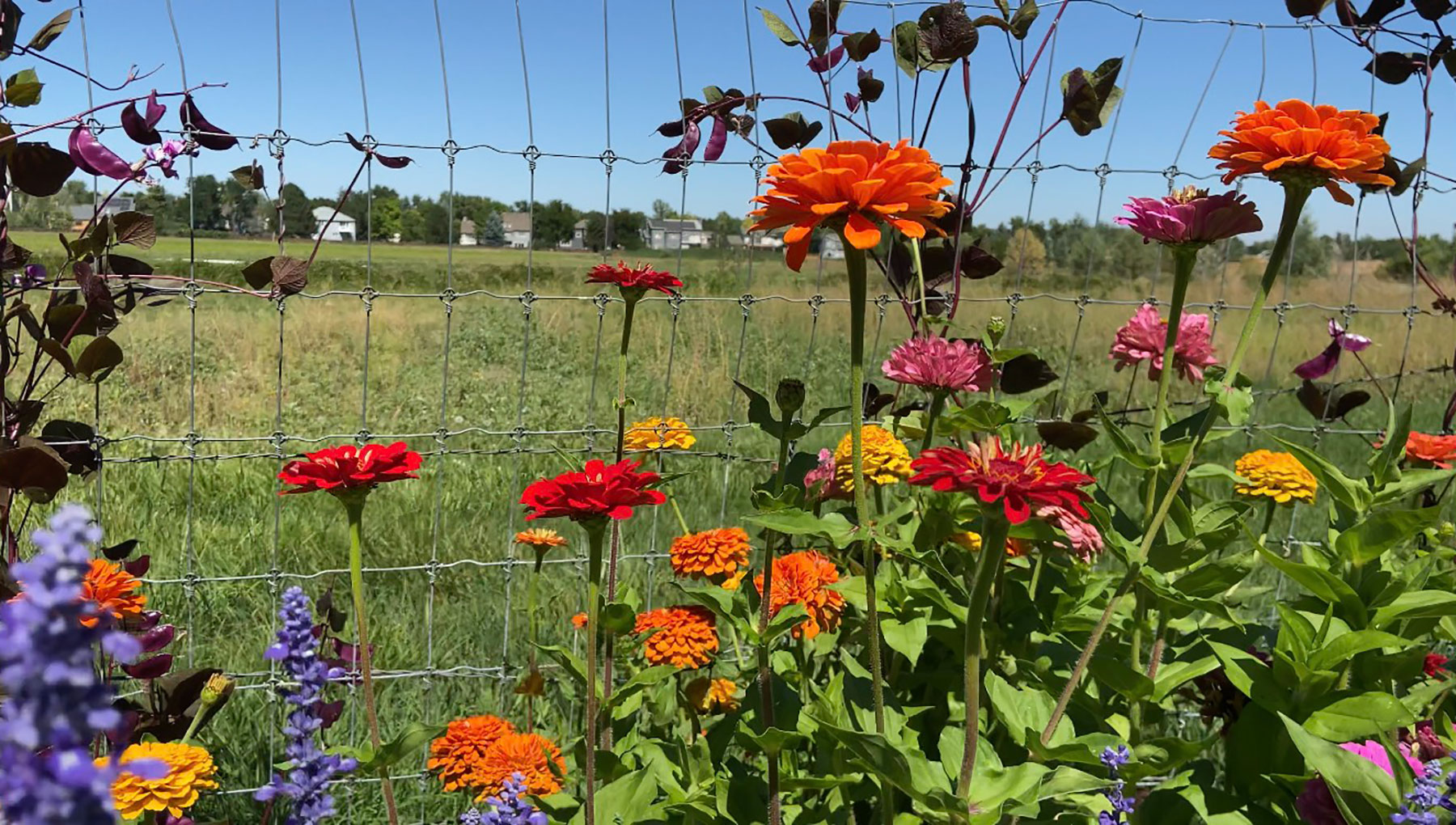
Header Image: Michael Moss instructing his harvesters on the day’s tasks. Image: Tatyana Sharpton.


